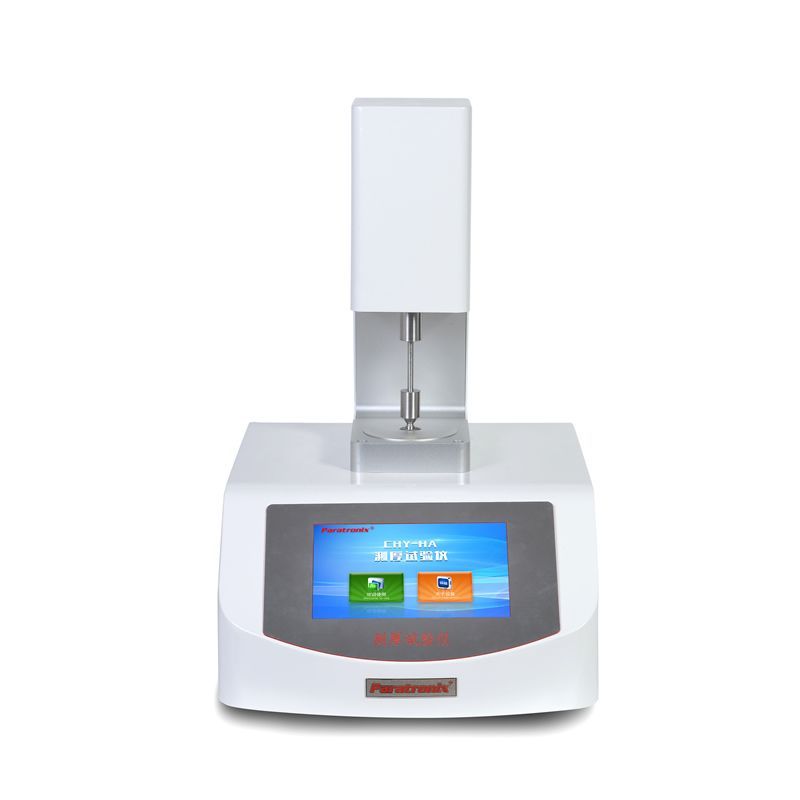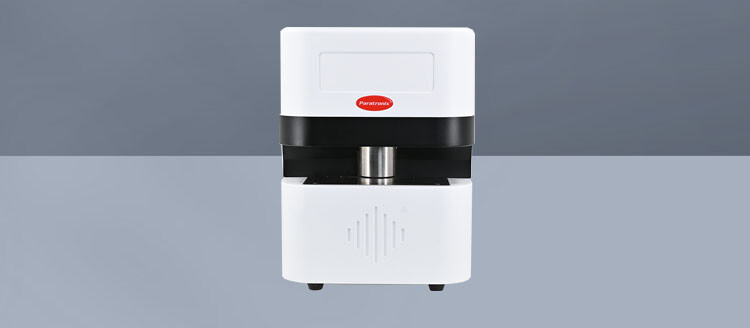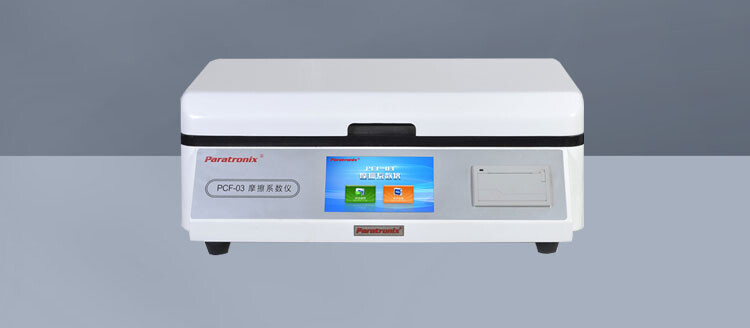Recent Posts
 Aluminum plastic composite cover opening force testing plan2025-10-28
Aluminum plastic composite cover opening force testing plan2025-10-28 What are the raw materials for lithium batteries?2025-10-27
What are the raw materials for lithium batteries?2025-10-27 Determination method for peel strength of ointment (plaster)2025-10-20
Determination method for peel strength of ointment (plaster)2025-10-20 Introduction to the testing method for heat sealing strength of food packaging bags2025-10-15
Introduction to the testing method for heat sealing strength of food packaging bags2025-10-15 Friction coefficient test of plastic composite film for biscuit packaging PCF-032025-10-11
Friction coefficient test of plastic composite film for biscuit packaging PCF-032025-10-11
Introduction
Plastic films are widely used in packaging, construction, agriculture, and medical applications. Ensuring consistent
thickness is critical for performance, durability, and compliance with industry standards. ASTM D6988, Standard Guide
for Determination of Thickness of Plastic Film Test Specimens, provides essential guidelines for accurate thickness
measurement.
This article explores ASTM D6988’s scope, measurement techniques, equipment requirements, and best practices
to help manufacturers and quality control professionals achieve reliable results.
Scope of ASTM D6988
ASTM D6988 outlines procedures for measuring the thickness of plastic films, typically ranging from 0.025 mm (1 mil)
to 6.35 mm (250 mils). The standard applies to both rigid and flexible plastic specimens, ensuring uniformity in testing
across industries.
Key objectives include:
Defining appropriate measurement techniques
Specifying equipment calibration requirements
Establishing procedures for minimizing measurement errors
Importance of Accurate Thickness Measurement
Film thickness directly impacts:
Mechanical properties (tensile strength, puncture resistance)
Barrier performance (moisture, oxygen permeability)
Optical properties (transparency, haze)
Regulatory compliance (FDA, ISO standards)
Inconsistent thickness can lead to product failure, increased waste, and non-compliance with industry regulations.
Testing instrument:PTT-03 Thickness Tester

Measurement Methods
ASTM D6988 recognizes several techniques, each suited for different applications:
1. Mechanical Micrometers
Principle: Uses a calibrated screw mechanism to apply controlled pressure.
Best for: Rigid or semi-rigid films.
Limitations: May compress soft films, leading to false readings.
2. Non-Contact Optical Profilometers
Principle: Uses light interference or laser displacement sensors.
Best for: Delicate or ultra-thin films.
Limitations: Requires a smooth, reflective surface.
3. Contact Dial Gauges
Principle: Measures displacement via a spring-loaded probe.
Best for: Flexible films with moderate thickness.
Limitations: Susceptible to operator influence.
4. Ultrasonic Thickness Gauges
Principle: Measures time delay of reflected sound waves.
Best for: Multi-layered films.
Limitations: Requires calibration for material-specific sound velocity.
Equipment Calibration & Standardization
To ensure accuracy, ASTM D6988 mandates:
Regular calibration using certified reference standards.
Verification of measurement equipment before each test series.
Environmental controls (temperature, humidity) to minimize material expansion/contraction.
Best Practices for Reliable Measurements
Sample Preparation
Cut specimens cleanly to avoid edge deformation.
Condition films at standard laboratory temperature (23°C ± 2°C) per ASTM D618.
Measurement Protocol
Take multiple readings across the film surface (minimum 5 points).
Avoid folds, wrinkles, or air gaps during testing.
Data Reporting
Record mean thickness, standard deviation, and measurement locations.
Specify the method used (e.g., micrometer, optical).
Conclusion
ASTM D6988 provides a structured approach to plastic film thickness measurement, ensuring consistency across
industries. By selecting the appropriate method, calibrating equipment, and following best practices, manufacturers
can maintain product quality and compliance.
Leave A Reply
Search by Keywords



